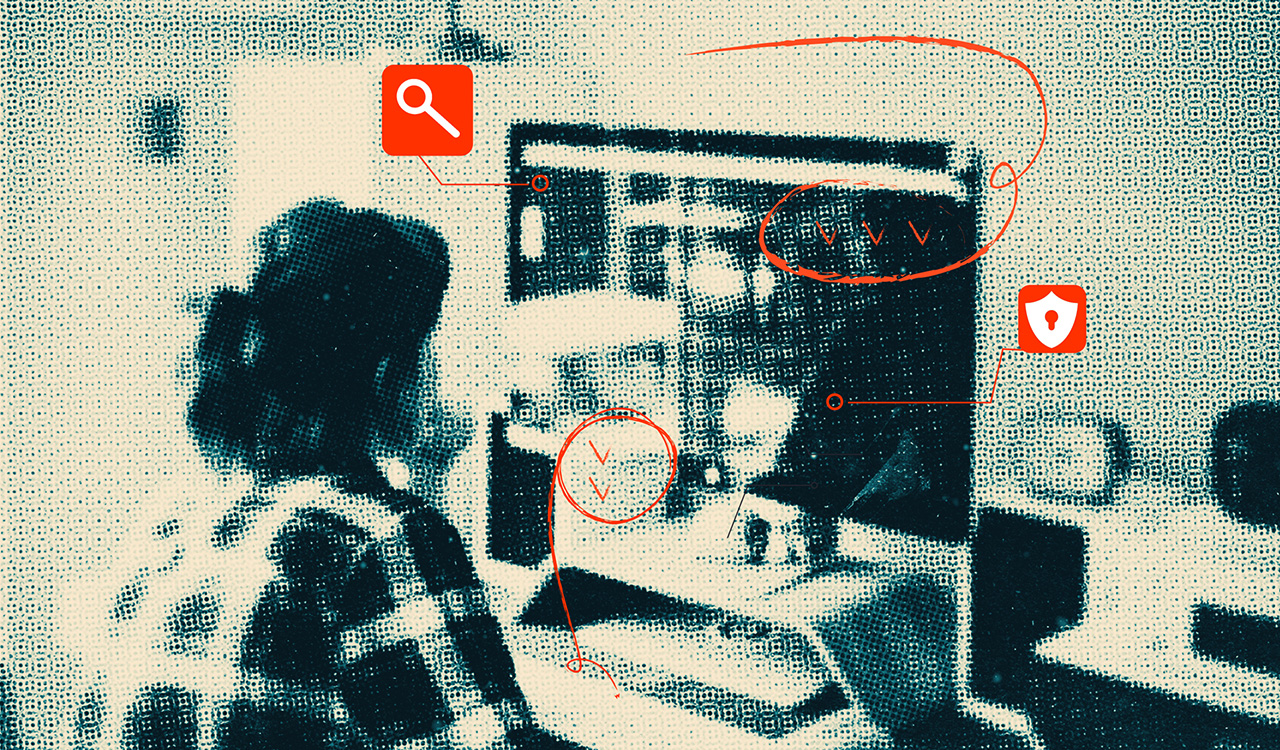“AR is coming. In a world where technology reigns supreme, AR stands as the knight in shining armor for the retail industry. Its ability to blend digital and real-world experiences will continue to transform shopping into a smarter, more immersive, and, frankly, cooler endeavor.”
AR Round One
AR Technologies: A Closer Look
- Mobile AR: Already the most accessible and widely adopted form of AR in the retail sector, Mobile AR technology leverages everyday smartphones to seamlessly blend digital elements with the real world, like in the Wayfair example. Key features of mobile AR include plane detection, LiDAR (Light Detection and Ranging) technology, and hand and eye tracking. Major players in this field include Meta, Google with ARCore, and Apple\’s ARKit.
- AR Smart Glasses: AR smart glasses are a high-end, futuristic wearable accessory designed to offer precision AR experiences. Google Glass was one of the first products to beta this tech about a decade ago and although the product was a complete flop, much of its cutting-edge tech lives on. The next-generation wearable AR Smart Glasses come with a higher price tag, these devices serve as versatile tools for various industries, including retail. Companies such as Xreal, RealWear, Magic Leap, Lenovo, and others are developing AR smart glasses, enabling functions like file sharing, video conferencing, equipment repair, training, and even medical procedures. All this is super exciting, but unless there is a major breakthrough on the form factor front, in retail, this will likely be a technology used more on the B2B side, such as for warehouse management and logistics.
- WebAR: WebAR provides a simplified and user-friendly approach to AR experiences. Unlike AR apps that require downloads and installations, WebAR allows users to access AR content directly through their web browsers, eliminating the need for additional software. But minus the ubiquity and mobility of a camera, the key function in generating the real-world component of AR, this form of tech will be reserved for very specific use cases.
The Impact of Mobile AR on Retail
- Enhanced Try-and-Buy: AR has extended the concept of \”try-before-you-buy\” into the digital realm, enabling virtual product trials through online shopping apps. Leading brands, such as IKEA, Tommy Hilfiger, Walmart, and Estée Lauder, have harnessed AR technology to create engaging online shopping experiences that closely replicate the in-store try-and-buy model. Walmart’s AR app even uses haptic feedback, which allows users to feel vibrations as they move 3D models around real-life spaces and prevents them from maneuvering items past the boundaries of the real-life room, adding a compelling level of realism to the experience.
- Reduced Returns: CNBC calls it retail’s “trillion-dollar problem.” The issue of product returns and refunds has posed a significant challenge to retailers, particularly in the era of booming online shopping. AR addresses this problem by providing consumers with a more comprehensive understanding of products, thereby reducing return rates. This results in a win-win situation, benefiting both customers and the environment.
- Increased Personalization: AR is already showing how new tech can be used to reintroduce a personal touch to online shopping. Not only does it enable consumers to visualize products in their personal spaces, creating a shopping experience tailored to individual preferences and needs, but it also enables users to visualize themselves impacted by AR. For example, JD.com has developed its ‘AR styling station’ which allows users to ‘try on’ cosmetics from an array of different brands at home using AR to overlay a visual representation of the make-up on the camera selfie view of the users’ smartphone.
- Improved Self-Service: The integration of AR with physical stores enhances the shopping experience. With Mobile AR, customers can simply use their smartphones to access product information, assembly instructions, and even the backstory of a product. As an example, Home Depot’s entire customer DIY journey can now be supplemented with its AR app. This provides shoppers with a wealth of information at their fingertips, particularly when they are in the process of purchasing DIY furniture, antiques, or indoor plants.
- Expanded Customer Outreach: AR campaigns have proven highly effective in attracting and retaining consumer interest. According to a 2022 study from NAB, 60 percent of people in the U.S. are expected to be frequent AR users by 2025. With an increasing number of brands partnering with AR platforms to create interactive experiences that engage and excite users, this level of interest is only likely to grow. So, in effect, AR can be a hook for engaging tech-savvy, early-adopter, and AR-curious consumers.
So, What’s Holding Retail AR Back?
While AR holds great promise for the retail sector, it is not without its challenges. The success ofAR hinges on the execution of the experience. And to date, it’s that clunkiness that has held it back from going mainstream more quickly. Confusing or poorly executed AR – particularly if it’s the first interaction someone has with the tech – can lead to a loss of interest or even deter consumers from further engagement.
But make no mistake, AR is coming. In a world where technology reigns supreme, AR stands as a knight in shining armor for the retail industry. Its ability to blend digital and real-world experiences will continue to transform shopping into a smarter, more immersive, and, frankly, cooler endeavor.
Whether consumers are trying on clothes virtually from their homes, exploring a digital furniturestore, or experimenting with new shades of blush, AR has the ability to accompany them along every critical point in their shopping adventure, making each experience more exhilarating than ever before. Retailers are poised to capitalize on AR\’s potential, leveraging its capabilities to enhance customer engagement and transform the shopping landscape. As AR continues to evolveand integrate with everyday life, the future of retail looks set to be a dynamic, engaging, and immersive journey. To paraphrase Colorado Buffaloes’ phenom and cultural zeitgeist of the moment, head coach Deion Sanders aka Coach Prime, ‘AR Coming.’





